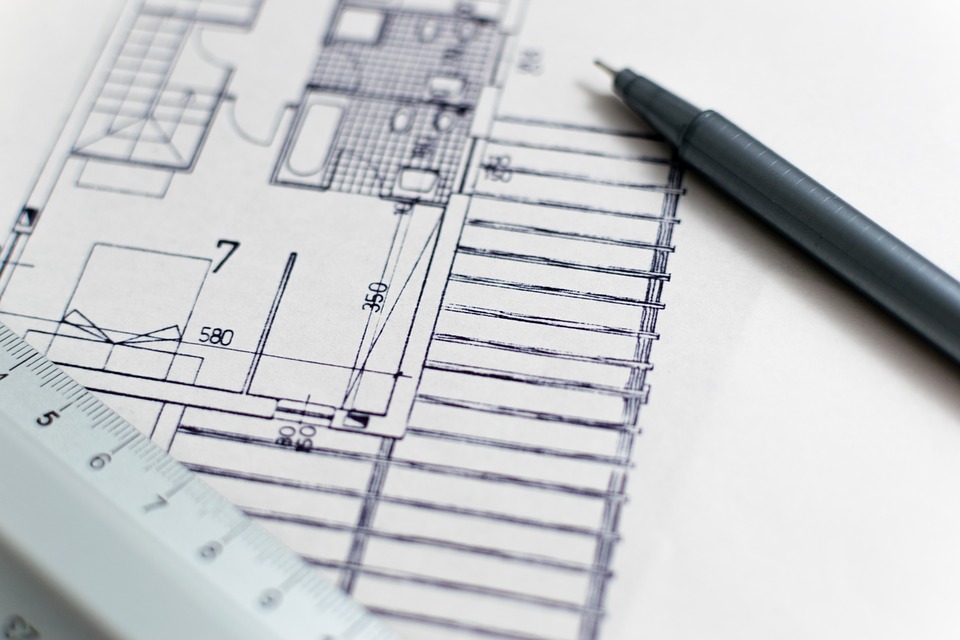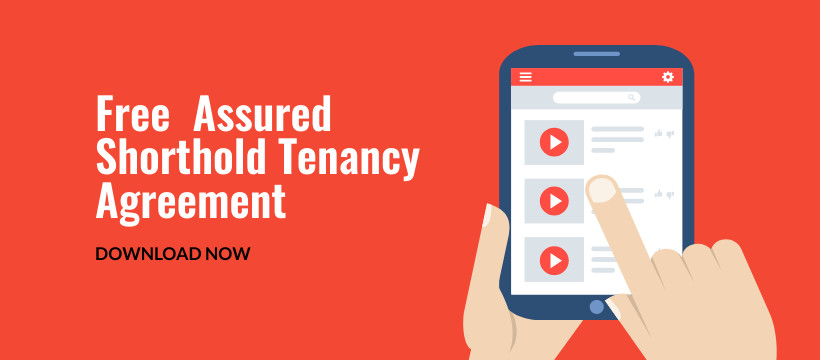Converting a house into two or more flats is a popular way to generate a healthy profit.
Investors, landlords and property developers can capitalise on subdividing properties, particularly in urban areas where flats are in high demand.
Stephen Clark, at development finance broker Finbri, says,“Property developers seek ways to maximise profits from their property conversions through sales or rental income.
Converting houses into flats is a viable strategy to create a good ROI in most regions in the UK, but if you’re a first-time developer, beware of the potential tax implications. For example, if you’re converting your own main residence into flats you’ll be looking at a potentially hefty capital gains tax on the profit. It’s a good idea to factor this cost into your project from the outset, so seek professional tax advice before you start.”
Our guide will help give you insight into the steps necessary to convert a property into several apartments.
Research the property market
Before you start the process of converting a house into a flat, you should first establish that there will be a market for your new rental units and whether the value of the house is worth more, or less, than the value of the flats after the conversion is completed – it clearly makes no business sense to invest in a property only to reduce the value of the asset.
Specific locations will have considerably higher demand for flat rentals than others. Investing time researching the local housing market is an important step in increasing your rental profits. Rents tend to be higher in high-demand locations, so your research should establish the percentage yield you can expect from specific areas so that you can compare each area’s profitability. It’s also a good idea to do the same for property price increases in the areas you’re looking to buy as capital growth varies from area to area.
Local estate agents can provide insight into which properties are selling rapidly and which aren’t, as well as advise about any new upcoming hotspots in the area. If four-bedroom homes are challenging to sell in a particular area, but single-bedroom flats are in high demand, conversion may make best sense.

Implications for planning
Once you’ve selected the right neighbourhood and found a suitable property, contact the local planning department as you’ll require planning approval for the conversion. Each local authority has differing policies and specific requirements from proposed developments, such as minimum flat size, energy efficiency, soundproofing, fire safety, parking and others, so getting up to speed with this before you purchase your property is advised. Once planning permission has been granted, you’ll need to get Building Regulations approval before starting any construction work.
In addition to contacting the local council and Building Regulations, you should consult a solicitor to see if any legal obstacles could hinder your development plans. Your lender must also be involved if you plan to get a mortgage to buy the house. Some banks are willing to support landlords with development loans, while others are staunchly opposed to allowing mortgage holders to convert homes into flats.

Tax consequences
Converting a house into flats may affect your tax liability, and thoroughly investigating this will give you a better understanding of how your trading profit will be taxed and whether you’ll be subject to capital gains tax.
If you plan to sell the new apartments rather than rent them, the amount of profit you generate will affect the tax you owe. Currently, you might benefit from the private residence exemption by residing in one of the flats rather than renting/selling all of them, but like many development-related government policies over the past few years, this may well change.
When turning a house into a flat, HMRC will consider the money you spend on purchasing the property and converting it. You should seek assistance from a tax specialist or chartered account to understand the complete picture.
Project cost
The costs of property conversions will substantially differ from one property to the next. The size of the property, the layout, the current state of the house, and the number of flats you’re converting are all factors to consider. You can expect to pay around £40,000 for a simple conversion, including installing new walls, building bathrooms, and adding the appropriate central heating systems. You’ll need to contact the utility companies to split the main services to the property so that each address has its own supply of gas, electricity, water and sewage.
It’s important to consider these factors when budgeting for the conversion project:
- Obtaining permission from the planning department.
- Obtaining approval from the Building Regulations.
- Installation of new bathrooms and kitchens.
- New services of gas, electric, water and sewage.
- Finance for development.
- Soundproofing and subsequent sound insulation testing.
- Separate heating and hot water systems with boiler.
- Establishing new private entrances.
- Decorating the new apartments.
Before you convert a house into a flat, you must first obtain permission from your lender if you already hold a mortgage. If you intend to convert an existing property, the mortgage was more than likely accepted, assuming the property would be used as a single dwelling. Any proposed modifications must be notified to them; attempting to conduct the conversion without your lender’s authorisation violates your mortgage terms which could give your lender the authority to repossess the property.
In most circumstances, converting a property into two or more flats will require a specialised mortgage. You’ll need to officially divide the property, change the title deeds, and provide separate leases for each flat. The type of loan/loans you’ll require is determined by the scope of the work needing to be done.

Finance for development
If the development requires a considerable level of work, development finance may be suitable. A lender will allow you to borrow up to 65% of the property’s worth under this arrangement. They will then lend the funds to complete the job, typically 100% of the costs, as long as they do not exceed 75% of the gross development value (GDV). This money is usually released in instalments, otherwise known as tranches, and the property work will regularly be inspected by the lender to maintain visibility on the current value of the property.
Bridge Loans
A bridging loan is a quick solution for raising finance which is typically secured against a property. They’re generally suitable for financing a fast property conversion that takes less than 12 months to complete. The reason why you wouldn’t use a bridging loan for a longer term for financing a development is simply that as the loan will be paid out in one lump sum, you’ll be paying interest on the whole amount from day 1. If you think your development is going to take longer, development finance may be more suitable. Unfortunately, though, development finance is harder to obtain than a bridging loan so if you’re a first time developer you may find it difficult to obtain development finance. Bridging loan interest is usually rolled-up into the loan so there are no monthly payments which tends to be helpful when you rely on the sale of one of the units to repay the loan.
Some lenders may lend up to 75% of a property’s present value, while others would consider a loan up to 75% of its future value if you commit to selling within 90 or 180 days.
A bridging loan, like development finance, is a short-term solution that requires you to have a viable exit to the loan such as remortgaging using traditional finance or selling after the conversion is complete in order to repay the bridging loan.
BTL mortgage
You may be eligible for a specialised buy-to-let mortgage if you carry out a simple conversion, such as a straight-forward conversion of a traditionally built house into two flats by completing the most basic of conversions. A BTL mortgage would prevent you from having to refinance when the work is finished.
You are only eligible for a specialised buy-to-let mortgage if you intend to rent out all the flats after the conversion, so you’ll be unable to live in one of the flats and claim private residence exemption.

Following the completion of the conversion
After completing the work, you must instruct your solicitor to organise leases and title papers for each property. This is required if you intend to subdivide the apartments into independent leasehold units. Unless you want to stay the freeholder and rent out the flats instead of selling some (or all) as leasehold properties, you would typically do this when converting a house.
Once the conversion is complete, you have three options:
Selling to market
If you want to sell the flats after the construction is completed, you may not need to refinance to pay off your loan but be sure to negotiate your exit strategy with the lender ahead of time. Most lenders will let you sell the flats one at a time as long as you pay back a proportion of your debt with each sale and keep within the agreed-upon restrictions and terms of the loan.
Renting
To be able to rent out the different flats, you must remortgage each flat separately on a leasehold basis after the construction is completed. With no intention of living in any of the apartments, you would take up a buy-to-let mortgage on each one, allowing you to keep ownership while renting them out.
Rent but reside in one of the apartments
If you choose to live in one of the flats created, you’ll require a residential mortgage for the leasehold. The other leasehold flats in the converted property could either have separate buy-to-let mortgages ready for renting or selling.
When creating separate leasehold flats, make sure to have your solicitors organise ownership of the freehold. The freehold and leases cannot be held in the same name. However, you can possess the freehold indirectly through a limited company and individually own the lease on your flat.





